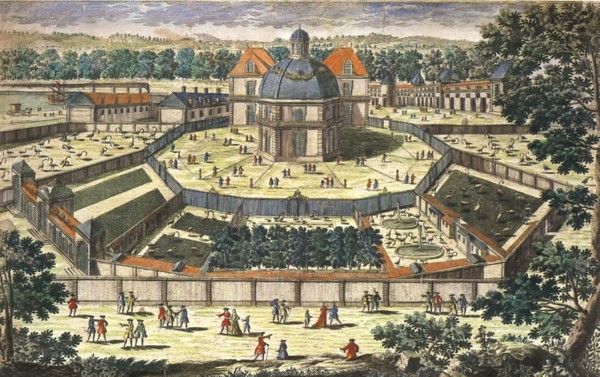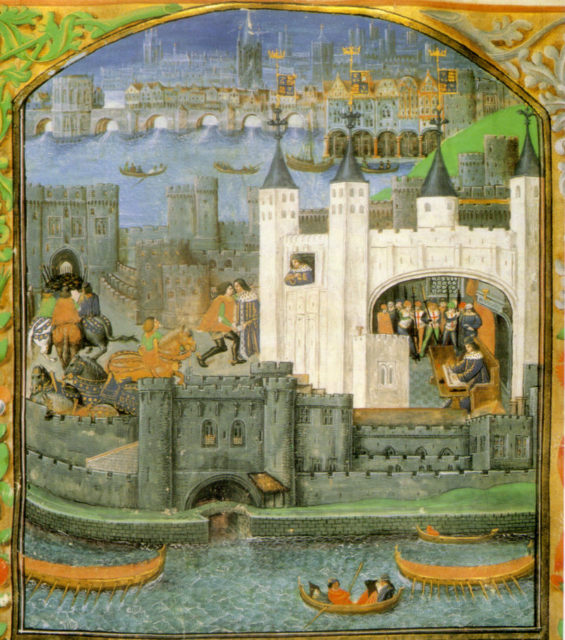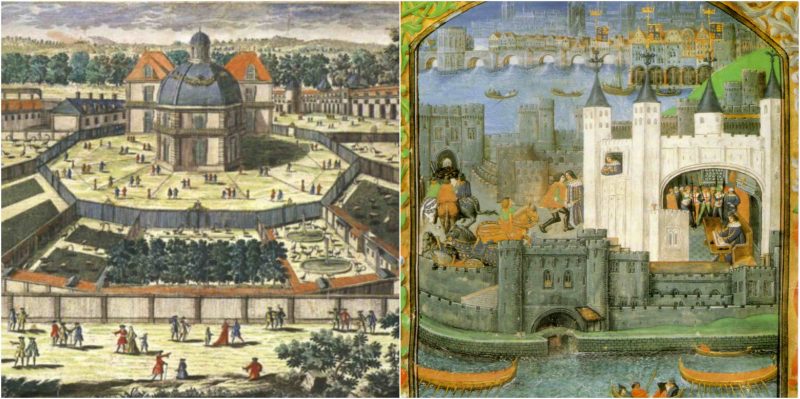During the Middle Ages, several sovereigns across Europe maintained menageries at their royal courts. An early example was that of Emperor Charlemagne in the 8th century. His three menageries, at Aachen, Nijmegen, and Ingelheim, located in present-day Netherlands and Germany, housed the first elephants seen in Europe since the Roman Empire, along with monkeys, lions, bears, camels, falcons, and many exotic birds. Charlemagne received exotic animals for his collection as gifts from rulers of Africa and Asia. In 797, the caliph of Baghdad, Harun al-Rashid, presented Charlemagne with an Asian elephant named Abul-Abbas. The pachyderm arrived at the Emperor’s residence in Aachen on July 1, 802. He died in June 810.
William the Conqueror had a small royal menagerie. At his manor, Woodstock, he began a collection of exotic animals. Around the year 1100 his son, Henry I, enclosed Woodstock and enlarged the collection. At the beginning of the 12th century, Henry I of England is known to have kept a collection of animals at his palace in Woodstock, Oxfordshire, reportedly including lions, leopards, lynxes, camels, owls and a porcupine.

The most prominent animal collection in medieval England was the Tower Menagerie in London that began as early as 1204. It was established by King John, who reigned in England from 1199–1216, and is known to have held lions and bears. Henry III received a wedding gift in 1235 of three leopards from Frederick II, Holy Roman Emperor. The most spectacular arrivals in the early years were a white bear and an elephant, gifts from the kings of Norway and France in 1251 and in 1254 respectively. In 1264, the animals were moved to the Bulwark, which was renamed the Lion Tower, near the main western entrance of the Tower. This building was filled with rows of cages with arched entrances, enclosed behind grilles. They were set in two stories, and it appears that the animals used the upper cages during the day and were moved to the lower story at night. The menagerie was opened to the public during the reign of Elizabeth I in the 16th century. During the 18th century, the price of admission was three half-pence or the supply of a cat or dog to be fed to the lions. Animals recorded here at the end of the 18th century included lions, tigers, hyenas, and bears.
Most of the animals were transferred in 1831 to the newly opened London Zoo at Regent’s Park, which did not receive all the animals but rather shared them with Dublin Zoo. The Tower Menagerie was finally closed in 1835, on the orders of the Duke of Wellington. The Tower Menagerie in London can be considered to have been the royal menagerie of England for six centuries.

In the first half of the thirteenth century, Emperor Frederick II had three permanent menageries in Italy, at Melfi in Basilicata, at Lucera in Apulia and at Palermo in Sicily. In 1235, the Holy Roman Emperor Frederick II established at his court in southern Italy the “first great menagerie” in western Europe. An elephant, a white bear, a giraffe, a leopard, hyenas, lions, cheetahs, camels, and monkeys were all exhibited. Frederick was particularly interested in birds, and studied them sufficiently to write a number of authoritative books on them.
By the end of the fifteenth century, the aristocracy of Renaissance Italy began to collect exotic animals at their residences on the outskirts of the cities. The role played by animals in the gardens of Italian villas expanded at the end of the sixteenth century and the beginning of the seventeenth century, and one prominent example was the Villa Borghese built 1608-1628 in Rome
